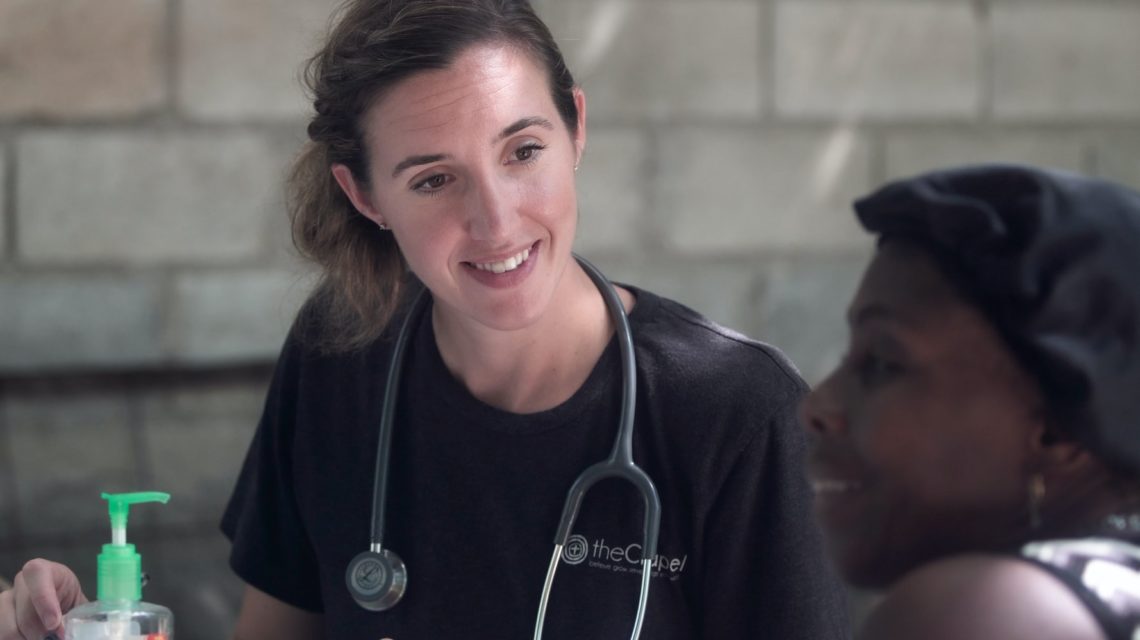Columbia University, Mailman School of Public Health
“Regardless of what we now know about the workforce, recalibration may be necessary after the current pandemic.”
January 25, 2021 — In a study to gain understanding of the future public health workforce, researchers at Columbia University Mailman School of Public Health and the Association of Schools and Programs of Public Health (ASPPH), conducted a large-scale analysis of the first employment outcomes of public health graduates and found that 78 percent were employed including 5 percent employed in fellowships and internships. Fifteen percent were continuing their studies; only 5 percent were not employed and job seeking.
These indicators may ultimately expand public health’s reach and lead to healthier communities overall. The study is the first national analysis of employment outcomes of public health graduates, and one of the only such analyses ever conducted. The results are published in the American Journal of Public Health.
“We conducted an assessment of first-destination outcomes of public health graduates to ensure that there are enough trained public health professionals to fill rapidly changing workforce demands,” said Heather Krasna, MS, assistant dean and director of career services at Columbia Mailman School, and a co-lead author of the study.

“It is important for both academia and practice to know that graduates have a wide choice of employment options, stretching beyond government and into academia and the health care, nonprofit, and for-profit sectors.” Heather Krasna
Using descriptive statistics and the Pearson χ2 test, the researchers assessed first-destination employment and educational outcome data reported by members of ASPPH, the membership organization for domestic and international Council on Education for Public Health-accredited schools and programs of public health.
The data included 64,592 public health graduates, of which 53,463 had a known first-destination outcome, from the graduating years 2015-2018. There were 9,513 graduates from 55 institutions in 2015, 13,588 graduates from 75 institutions in 2016, 20,394 graduates from 112 institutions in 2017, and 21,097 graduates from 111 institutions in 2018. Across the pooled data, 31 percent of graduates were from bachelor’s, 63 percent from master’s, and 7 percent from doctoral degree programs.
The researchers found that overall, 73 percent of graduates in public health were employed; 15 percent enrolled in further education; 5 percent entered a fellowship, internship, residency, volunteer, or service program; and 6 percent were not employed (including 1 percent not job seeking by choice).
Employed graduates went to work in health care (27 percent), corporations (24 percent), academia (19 percent), government (17 percent), and nonprofit (12 percent). In 2018, 9 percent of bachelor’s, 4 percent of master’s, and 2 percent of doctoral graduates were not employed but seeking employment by a year after graduation. Employment by degree level shows that graduates with advanced public health degrees had better employment outcomes.
The authors make the point that with the growth and changes in public health degree programs, it is important to know which areas of study are achieving the best employment outcomes, identify which sectors are recruiting these graduates, and help schools and programs of public health communicate their impact to prospective students, and employers.
“Graduates’ first-destination outcomes provide academia insight into changes in the job market, which may then inform decisions on the degrees and areas of study an institution offers,” observed Christine Plepys, senior director of data analytics at ASPPH, and co-lead author of the study. “A school’s or program’s ability to prepare graduates with the competencies demanded by the workforce may help ensure student success, not only in finding employment that uses their education but also in finding career satisfaction.”
Historically, graduates entered governmental public health at higher rates than they do now.

General public health was the most common area of study (23 percent of graduates), followed by health policy and management (14 percent), health education or behavioral sciences (14 percent), and epidemiology (13 percent).
Graduates in certain areas of study had higher rates of job-seeking after graduation, including maternal and child health (19 percent) at the bachelor’s degree level. At the master’s level, graduates in certain areas of study had higher rates of job-seeking as compared to the average, including 13 percent of graduates studying health disparities, followed by nutrition (11 percent), and global health (8 percent), while others had lower rates, such as biostatistics (3 percent) or health informatics (2 percent).
The authors also point out that governmental public health remains a key necessity for communities, nations, and the world, as shown in the COVID-19 response. Historically, graduates entered governmental public health at higher rates than they do now.
“As public health responds to the COVID-19 pandemic, new competencies may be needed to address such crises and there may be demand for different education formats to replace or bolster formal degrees (certifications, micromasters, etc.) that increase the number of public health workers with needed competencies,” according to Plepys.
“The good news is that for both traditional public health roles and new COVID-19-related positions, graduates appear to be more flexible about the roles they will accept. Regardless of what we now know about the workforce, recalibration may be necessary after the current pandemic,” said Krasna. She also noted that in this study only 17 percent of graduates enter government work, which underscores the need for continued policy efforts to increase funding and encourage employment in the government sector.
###
Citation: Christine M. Plepys, Heather Krasna, Jonathon P. Leider, Emily M.Burke, Craig H. Blakely, Laura Magaña, “First-Destination Outcomes for 2015–2018 Public Health Graduates: Focus on Employment”, American Journal of Public Health (2021). DOI: 10.2105/AJPH.2020.306038
Co-authors are Emily Burke, and Laura Magaña, Association of Schools and Programs of Public Health; Jonathon Leider, University of Minnesota School of Public Health; Craig Blakely, University of Louisville School of Public Health and Information Sciences.










